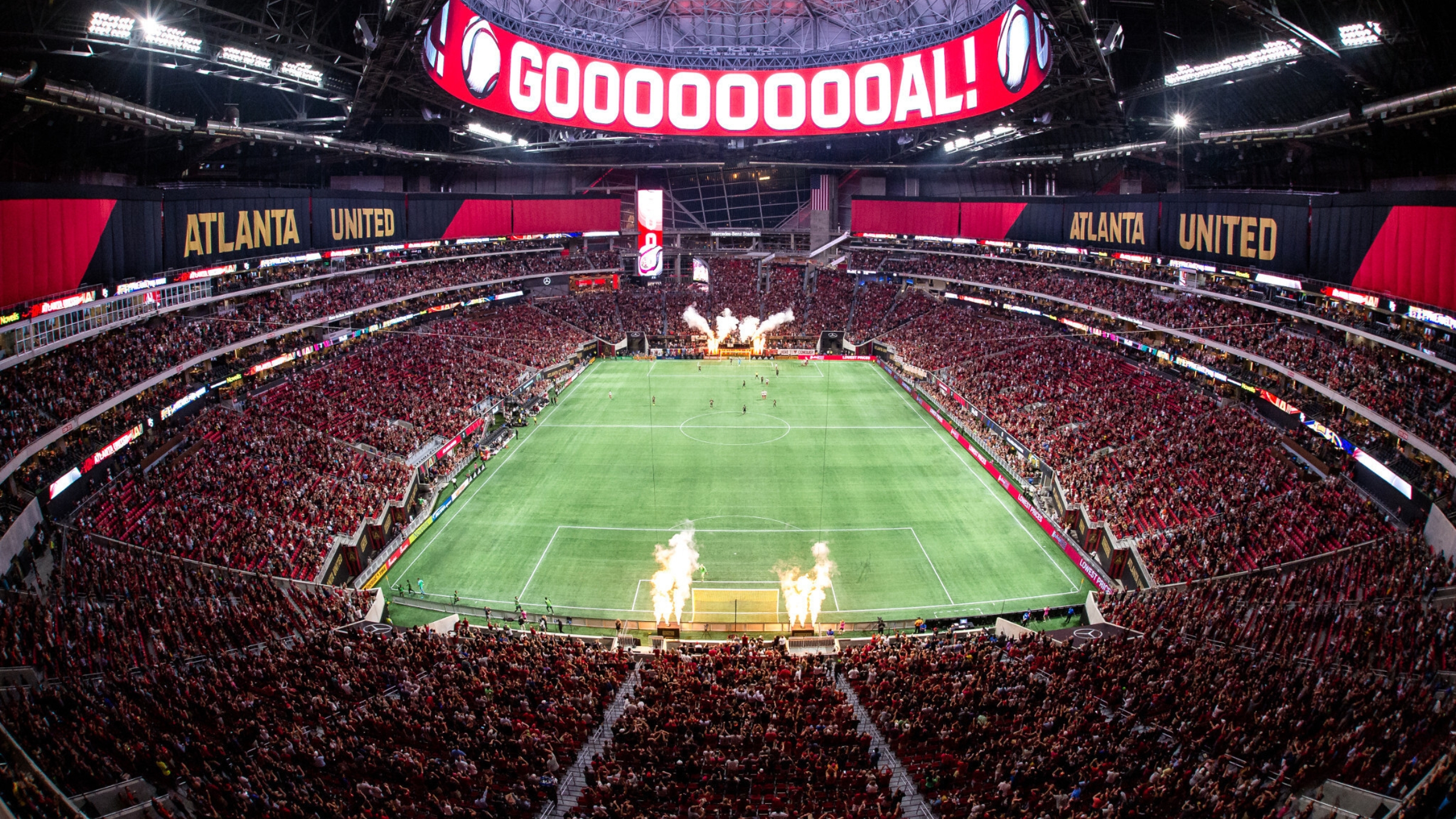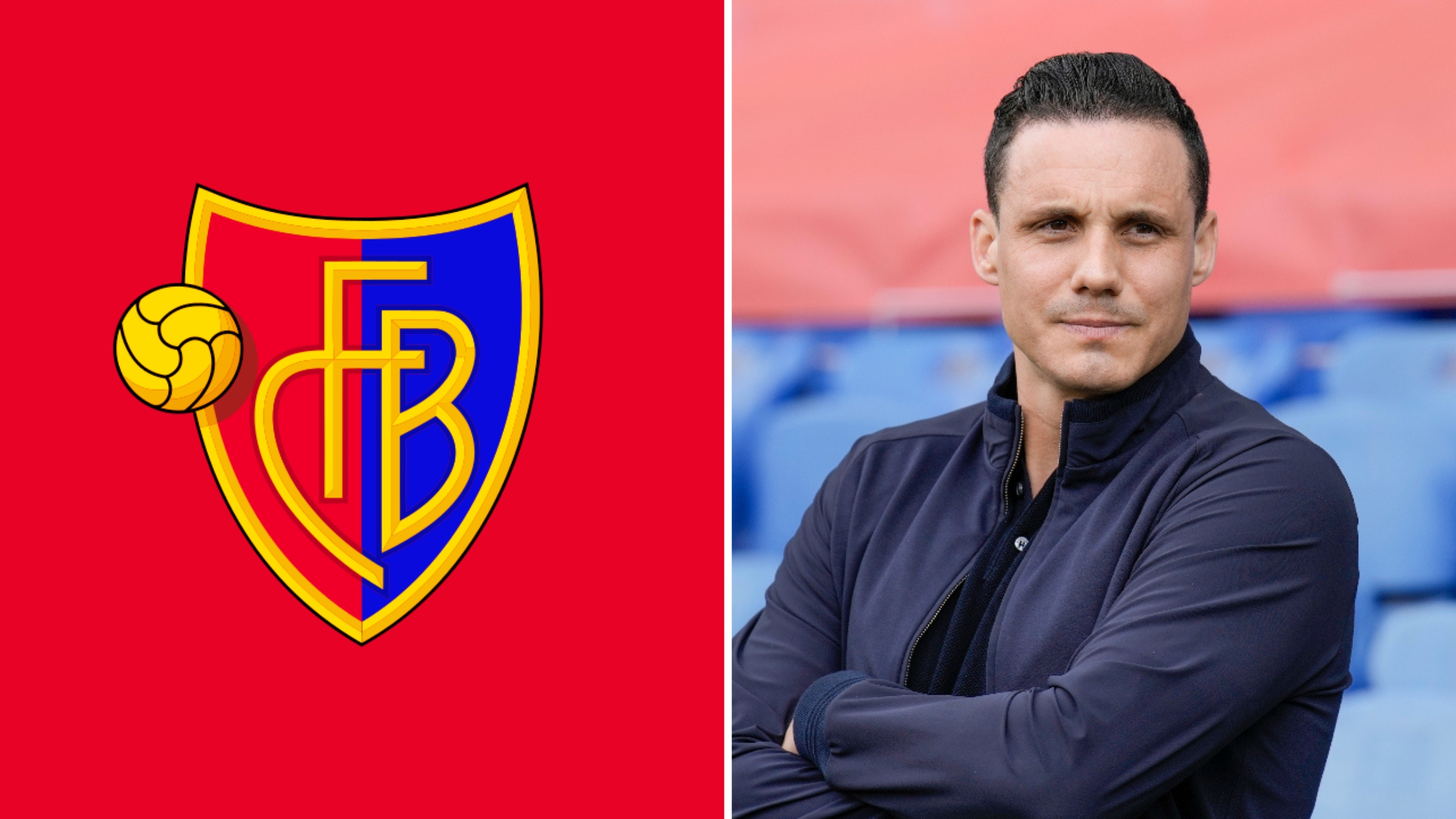Major League Soccer (MLS) has emerged as one of the most intriguing growth stories in global football. With 12.1 million attendees in its 2024 season, MLS now ranks as the second-highest attended football league globally, surpassing iconic leagues like La Liga and Serie A. Yet, its rise is not simply about numbers—it reflects a deliberate strategy to blend innovation, inclusivity, and community-driven growth.
This analysis takes a deeper dive into the driving forces behind MLS’s transformation, its benchmarks against European counterparts, and its future trajectory, particularly in light of the upcoming 2026 FIFA World Cup, a pivotal moment for football in North America.
How MLS stands among European top leagues
To understand the significance of MLS’s growth, it’s essential to benchmark it against Europe’s top leagues. While European leagues dominate in tradition and global fanbases, MLS’s approach offers a modern, adaptable model that prioritizes inclusivity and long-term growth.
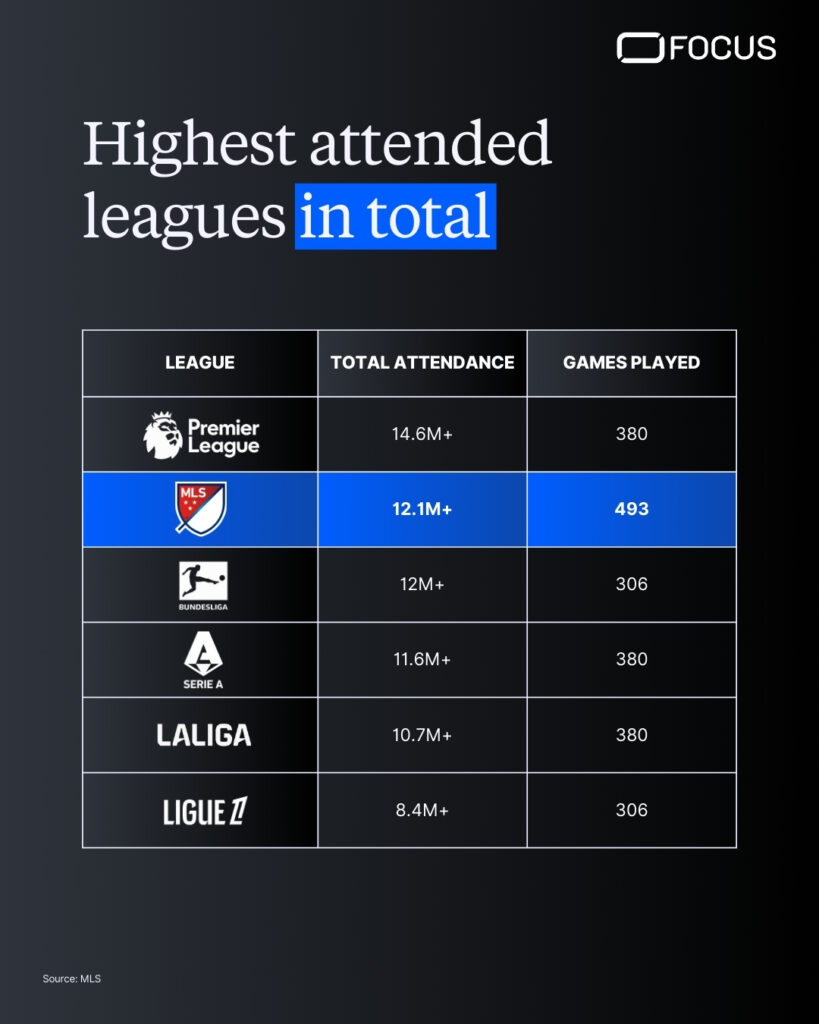
Key observations:
- Total Attendance: MLS’s extended season allows for a higher number of total attendees (493 matches compared to 380 in Serie A or La Liga), a structural advantage it has utilized effectively.
- Average Attendance: While trailing the Premier League and Bundesliga, MLS’s ~24,500 average per game demonstrates remarkable engagement for a relatively young league.
These numbers signal that MLS is not only growing but doing so on its own terms, leveraging the unique opportunities of the North American sports market.
The drivers of MLS growth
Purpose-built stadiums and match-day innovation
Unlike many European leagues with legacy stadiums, MLS clubs prioritize purpose-built venues designed for fan comfort, accessibility, and atmosphere. Stadiums like Atlanta United’s Mercedes-Benz Stadium regularly host over 70,000 fans, setting a new benchmark for matchday experiences. These venues cater to diverse demographics, blending football with broader entertainment, creating an environment that resonates deeply with modern fans.
The Messi Effect
Lionel Messi’s mid-2023 arrival at Inter Miami marked a watershed moment. His games consistently drew 70,000+ attendees, and Apple TV’s MLS Season Pass subscriptions doubled after his debut. However, the impact goes beyond revenue: Messi’s presence has validated MLS as a destination for global superstars, reinforcing its ability to bridge local and international markets.

Inclusive and diverse market penetration
MLS’s expansion strategy is unmatched. By targeting emerging markets like Nashville and Charlotte, MLS has created a geographically diverse footprint that brings football to communities previously untouched by the sport. This inclusivity, coupled with affordable ticket pricing, broadens its appeal, particularly among younger and more diverse audiences.
A Unique selling point
While European leagues are dominated by elite clubs, MLS thrives on competitive unpredictability. Salary caps and the Designated Player Rule ensure balanced competition, making every team a contender and keeping fans engaged throughout the season.
Youth development and talent export
MLS has become a hub for developing young talent, particularly from North and Central America. Players like Alphonso Davies and Tyler Adams, who transitioned to European clubs, illustrate the league’s growing role as a talent incubator, boosting its global credibility.
A three-year analysis of MLS growth
Over the past three seasons, Major League Soccer has demonstrated an impressive trajectory of growth in both attendance and fan engagement, underscoring its ability to adapt, innovate, and seize key opportunities.
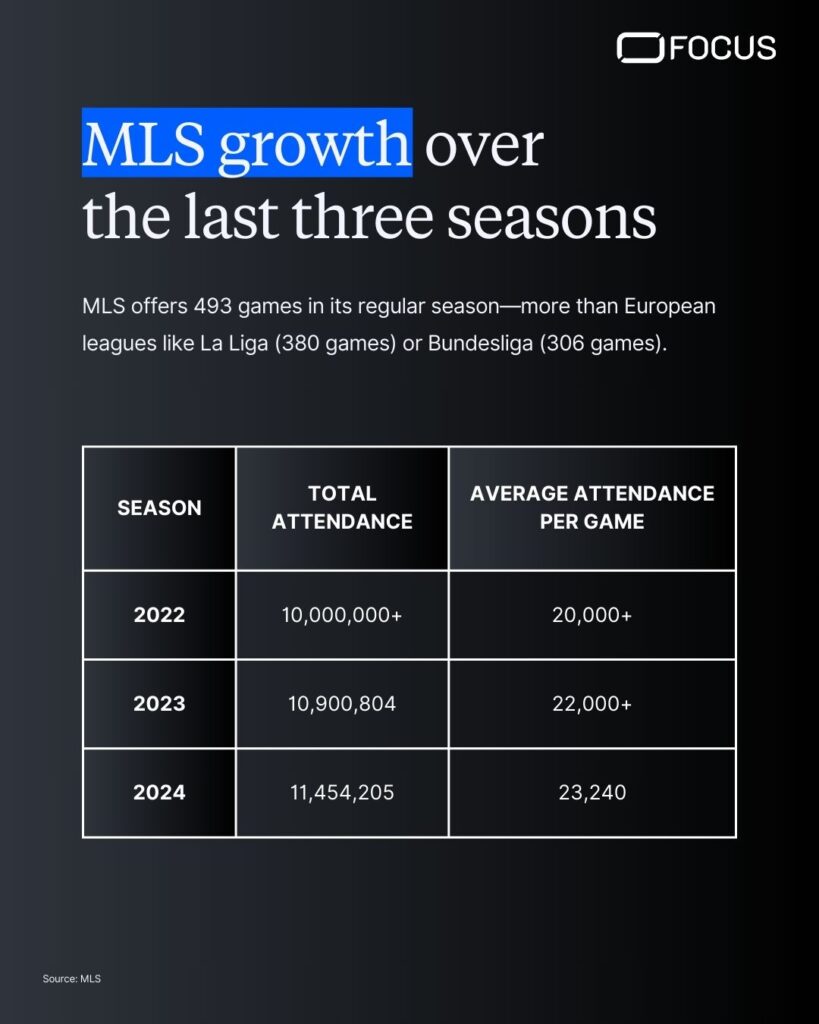
In 2022, MLS began its post-pandemic recovery with over 10 million fans attending matches, achieving an average attendance of approximately 20,000 per game. This marked the league’s return to normalcy, laying the groundwork for the strategic advancements that followed. On the broadcast side, the league reported stable viewership numbers as fans gradually reconnected with the game, laying the foundation for future media partnerships.
The 2023 season saw a significant boost, with total attendance rising to 10.9 million and average attendance increasing to ~22,000 per game. This surge was fueled by the arrival of global superstar Lionel Messi, whose presence not only drove record-breaking crowds but also ignited a surge in television and streaming viewership. Apple TV’s MLS Season Pass saw subscriptions double following Messi’s midseason debut, while individual match broadcasts, such as his Leagues Cup debut, attracted 1.75 million viewers, the highest MLS television audience since 2004.
By 2024, MLS reached a milestone, setting a record with 12.1 million total attendees and an average of ~24,500 per game. Streaming and TV viewership continued to climb, with Messi-driven matches routinely drawing audiences exceeding 2 million globally. This surge in visibility not only solidified the league’s reputation domestically but also introduced MLS to an international audience, creating opportunities for expanded media rights and sponsorships.
This three-year progression, combining growth in both stadium attendance and broadcast viewership, highlights MLS’s strategic adaptability and its ability to capitalize on pivotal moments. With a growing fanbase both in-stadium and online, MLS is solidifying its position as a rising force in the global football landscape.
The 2026 FIFA World Cup
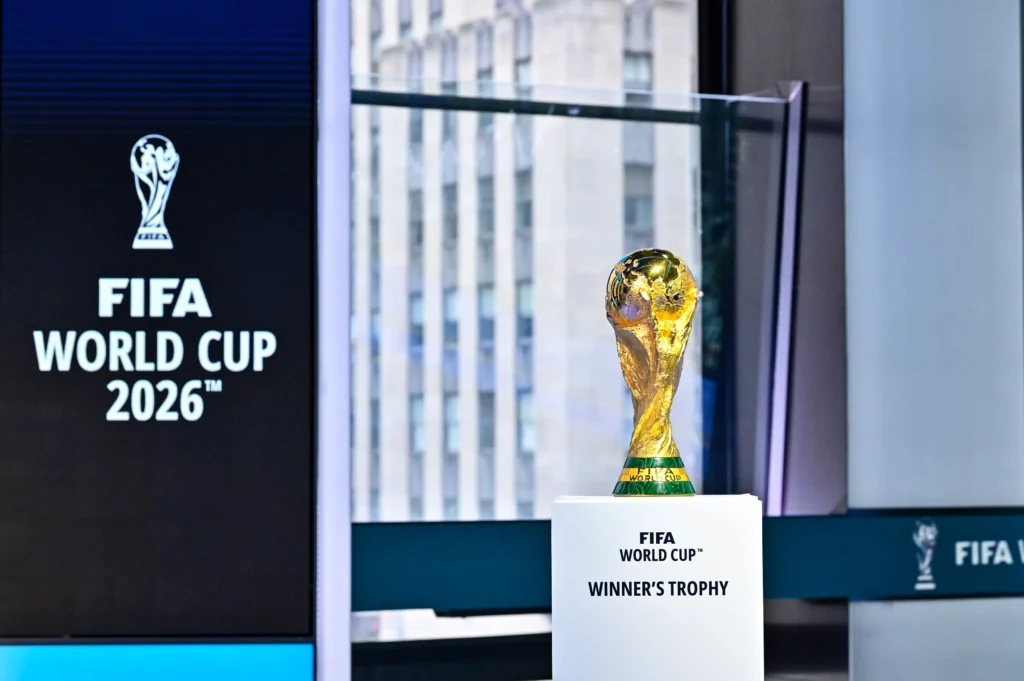
The upcoming 2026 FIFA World Cup, co-hosted by the United States, Canada, and Mexico, represents a once-in-a-generation opportunity for MLS. The tournament is expected to elevate the league’s profile on a global stage, with significant implications:
Global fan conversion
The World Cup will bring millions of international fans to North America. MLS must position itself as the premier league in the region to capture this audience.
Grassroots football expansion
With heightened visibility, MLS has a unique opportunity to accelerate youth development programs and expand its talent pipeline, ensuring sustained growth post-2026.
Increased sponsorship and media rights
The tournament will attract global brands, presenting MLS with a chance to negotiate lucrative sponsorships and broadcasting deals, further elevating its commercial appeal.
Strengthening global reputation:
A successful World Cup could cement MLS’s position as a leading football league, capable of competing with Europe’s best in terms of fan engagement and operational excellence.
Challenges ahead
While the future looks bright, MLS faces key challenges that require strategic focus:
Balancing star power with sustainability
Marquee signings like Messi attract attention, but developing homegrown talent and creating a sustainable ecosystem remains critical.
Competing globally
To challenge Europe’s top leagues, MLS must elevate the overall quality of play, ensuring it offers both engagement and elite competition.
Preserving inclusivity
As the league grows, maintaining affordable ticket prices and an inclusive culture will be essential to retaining its diverse fanbase.
Major League Soccer is growing by prioritizing fan engagement, leveraging strategic investments, and creating a balanced competitive environment, MLS offers a model that blends local relevance with global aspirations.
As the 2026 FIFA World Cup approaches, MLS stands at a crossroads. Its ability to capitalize on this moment could determine its trajectory for decades to come. One thing is certain: the league’s rise is no longer a regional story—it’s a global movement shaping the future of football.
Unlock what drives success in football business
If you’re intrigued by how leagues like MLS drive growth and build sustainable models, our Foundations for Football Business Course is designed for you. This program explores the strategic, operational, and financial drivers of success in modern football.

400 CHF • A truly global classroom • Live, highly interactive lessons • Taught by ex-C-level of FC Barcelona & Right to Dream
Leading professionals from orgs like Orlando City, Saudi Pro League, Norwich City, MRKT Insights are already registered, join our global community.
Explore now



